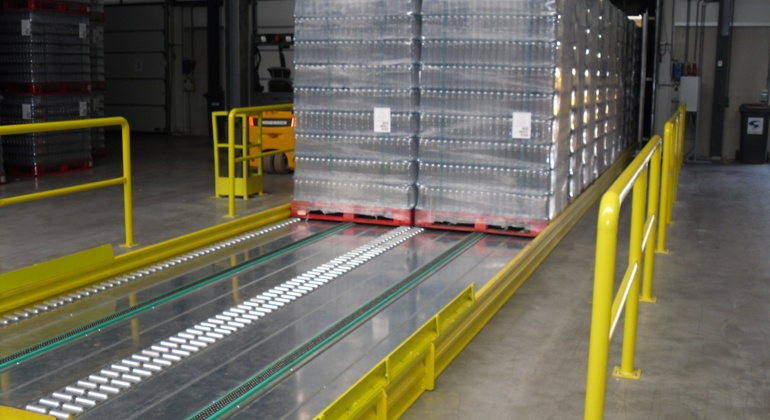From staff shortages to escalating stakeholder demands, logistics businesses must innovate to bounce back from the effects of the pandemic. And yet, some of the same issues remain prevalent throughout the industry:
- Lorry drivers are still compelled to wait for hours at loading bays while warehouse operatives manually load and unload.
- Accidents are routine, with 13 fatalities and 26,000 non-fatal injuries happening each year within the UK transportation and storage industry.
- Heavy-duty manually operated machinery and long wait times for lorry drivers are resulting in high power consumption and transportation emissions, undermining companies’ important sustainability goals.
The working experience has to improve. And that can only be achieved by using automation to minimise delays and danger.
WE'D LOVE TO HEAR FROM YOU
Learn how to make the loading process safer and more efficient with a no-obligation assessment...
BOOK NOW




